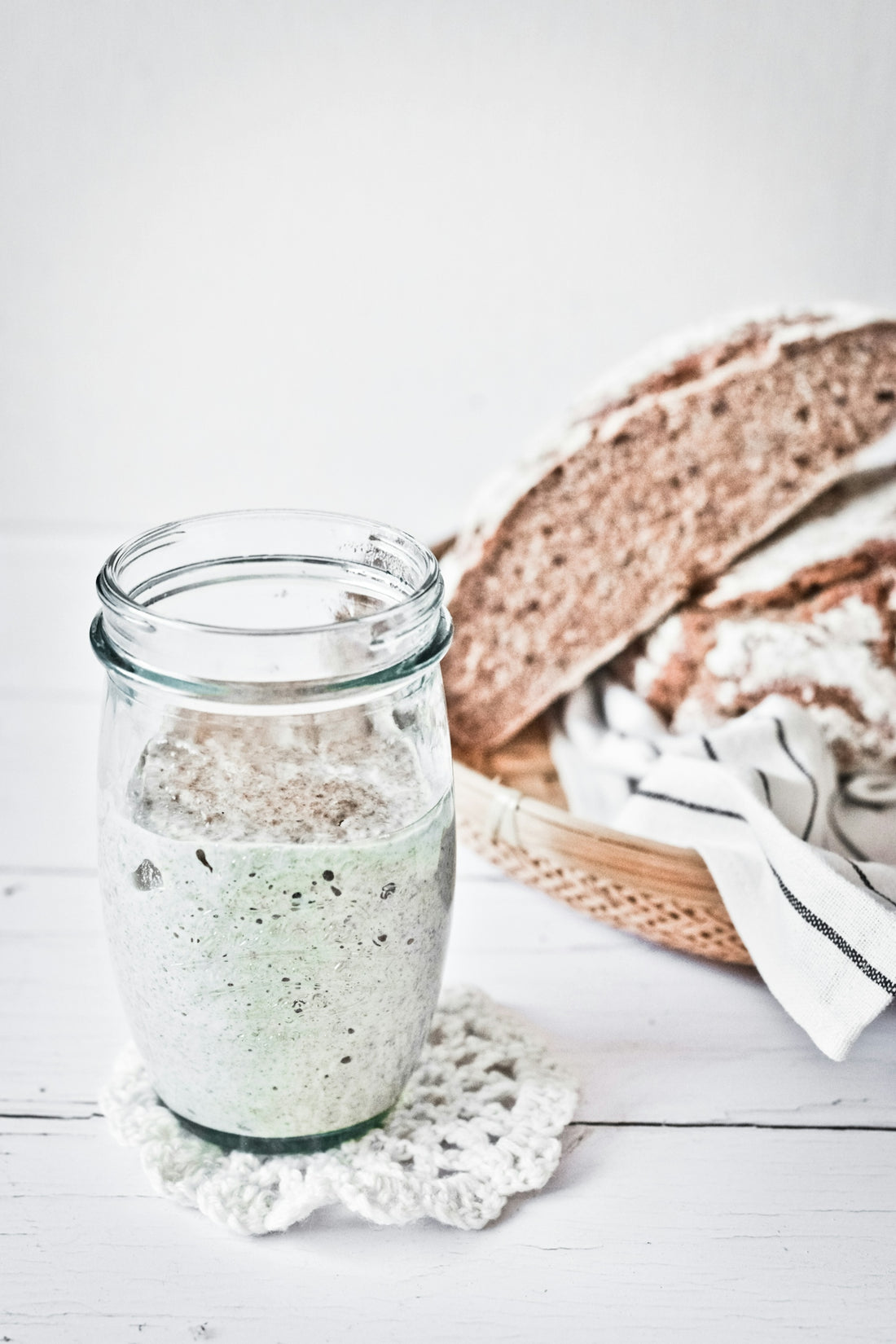
Sourdough Starter Maintenance: Best Tips on How to Feed and Store Effectively
Introduction
Embracing the art of creating a sourdough starter is a beautiful journey that combines natural fermentation, patience, and practice. In My sourdough life, I've discovered that maintaining a healthy starter is crucial for crafting bread that captures the unique flavors and textures of artisan bread baking. This guide aims to offer comprehensive insights into sourdough starter maintenance, ensuring you nurture a thriving culture that elevates your homemade sourdough creations.
Visit Italian Sourdough for more tips and products to enhance your baking journey.
Understanding the Basics
Sourdough starter is a mixture of flour and water that captures wild yeast and bacteria, resulting in wild yeast fermentation. It is used in various baked goods, most notably in sourdough bread. A well-maintained starter is your secret to consistently exquisite sourdough bread recipes, from rustic loaves to delectable pizzas and bagels.
Sourdough Starter vs Yeast
Commercial yeast is a single strain of yeast, whereas a sourdough starter consists of various yeasts and lactic acid bacteria. This diversity leads to improved flavor, longer shelf life, and potential health benefits, such as better digestion and stable blood sugar levels — making sourdough ideal for diabetics.
Benefits of Sourdough Fermentation
Sourdough fermentation enhances bread with complex flavors and aromas while increasing its digestibility and nutritional value. The natural acids suppress spoilage, allowing it to keep fresh longer than regular bread.
How to Feed Sourdough Starter
Feeding your sourdough starter is essential for keeping the culture alive and potent.
Sourdough Starter Feeding Schedule
- Daily Feedings: For active starters used often, feed them once every 12–24 hours.
- Inactive Starters: For less frequent use, reduce feeding to once a week and refrigerate.
Feeding Process
- Discard about half of your starter to manage volume.
- Mix equal weights of flour and water into your starter.
- Stir until smooth and leave it at room temperature for several hours to rise and bubble.
Troubleshooting Tips
- If Your Starter is Not Bubbling: Adjust feeding frequency or temperature. Starters love warmth; a cozy, ambient temperature is ideal.
- If the Starter Smells Off: Give it a few more feedings, discarding any liquid ("hooch") that may form on top.
How to Store Sourdough Starter
Short-Term Storage
Keep your starter in a loosely covered container at room temperature when baking frequently.
Long-Term Storage
For less frequent baking, store your starter in the refrigerator. This slows fermentation, requiring feedings only every week or so.
Product Suggestions
For those who enjoy experimenting with different sourdough products, consider using a 5.5 Quart Red Le Creuset Dutch Oven for baking crisp, golden loaves.
Sourdough Baking Tips
How to Bake Sourdough Bread
Well-fed starters lead to remarkable results. Just as vital are your equipment and technique.
- Use a Non-Stick Silicone Baking Mat for even heat distribution.
- Perfect your bake on a 12Inch Ceramic Pizza Stone to secure a crust with professional quality.
Best Sourdough Scoring Techniques
Skillful scoring allows bread to expand while baking and is crucial for aesthetic appeal. Use swift, confident cuts with a sharp blade or bread lame.
How to Shape Sourdough Bread
Develop structure through folding and bench resting. Practice methods like boule or batard shapes for variety.
Sourdough Bread Troubleshooting
- Dense Loaves: Results from under-proofing or insufficient starter strength. Ensure your starter is robust and give dough adequate proofing time.
- Flat Loaves: Indicates over-proofing. Monitor your fermentation stages closely.
- Getting a Crispy Sourdough Crust: Steam plays a vital role. Baking in a Dutch oven or with a pan of water in the oven achieve desired results.
Special Sourdough Creations
Diversify your baking with:
- Sourdough Discard Recipes: Utilize leftover starter in pancakes, waffles, or pizza dough.
- Sourdough Pizza Dough: For authentic pizza nights, craft dough with a Bamboo Pizza Board, aligning with the Italian tradition of sourdough.
Conclusion
Incorporating the techniques and tips outlined captures the heart of sourdough starter feeding and maintenance. As you continue, remember that every starter is unique, evolving differently with each new journey. Whether you're delving deeper into sourdough for health benefits or the joy of creating bread from scratch, keep experimenting and savor the experience.
Explore the essential tools to refine your sourdough craft by visiting Italian Sourdough. Happy baking!
